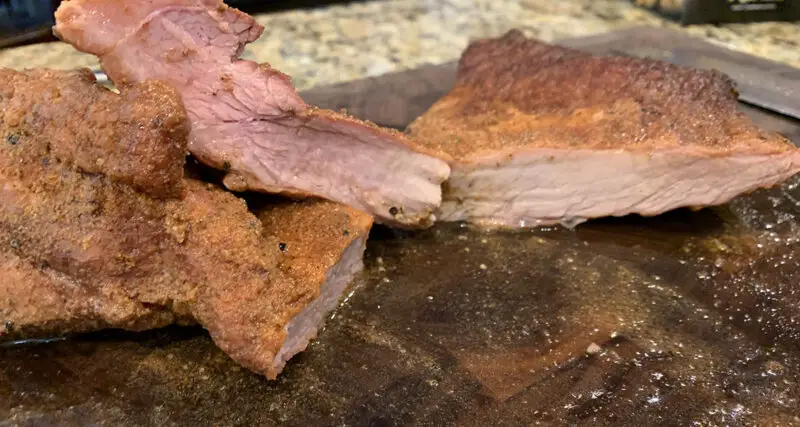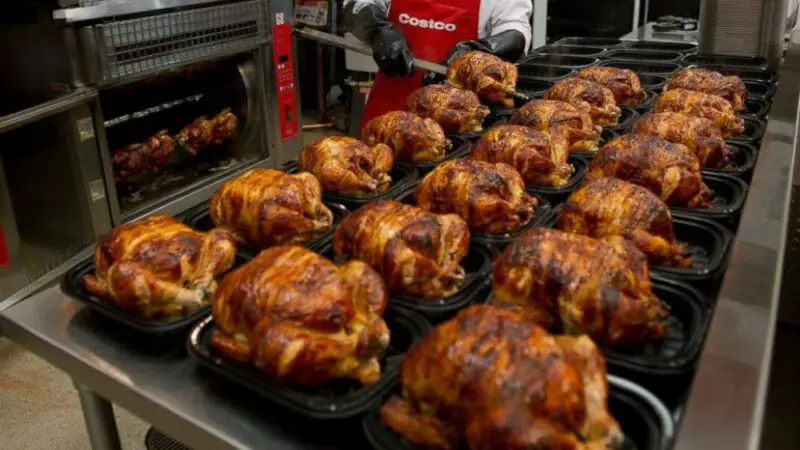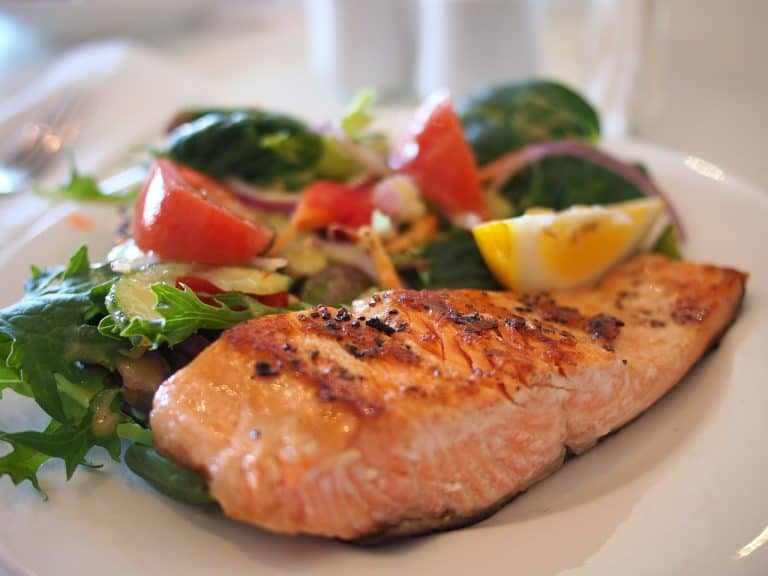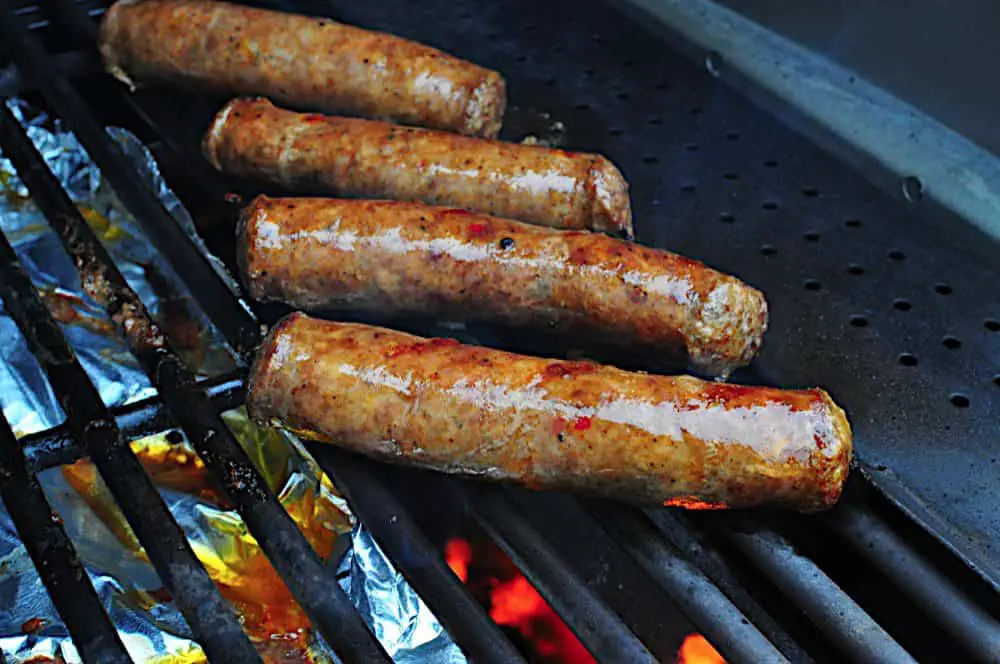Cooked pork, like any other meat product, can be a delicious and satisfying meal. However, questions often arise about whether we can eat cooked pork the next day. This article will examine the subject of reheating and consuming leftover cooked pork, discussing best practices for storing, checking safety and quality, and preventing food poisoning.
Introduction
Cooked pork is pork that has been prepared by applying heat to it through methods such as frying, grilling, baking or broiling. Pork is a popular meat due to its versatility in the kitchen; it lends itself well to various seasonings and goes well with different side dishes.
The Issue with Eating Reheated Pork
While reheating your leftover cooked pork might seem like an easy solution to get a quick meal or snack, there are several risks involved that could be harmful. Reheating cooked pork can lead to bacterial growth on the meat surface if not done correctly since bacteria often thrive on warm environments.
The Health dangers associated with eating spoiled meat could include bacterial infections leading to illnesses such as salmonella and E.coli. These bacteria occur naturally in animal intestines and survive inside undercooked or spoiled meat.
Best Practices for Storing Pork
To avoid any health risks associated with eating leftover cooked pork from yesterday’s dinner table, take steps in ensuring you store fully-cooked products appropriately. Here are some best practices for storing.
- Proper storage techniques: Store cooked pork in an airtight container or sealed plastic bag after it has cooled down completely.
- Temperature considerations: Keep containers with stored cooked meats at temperatures of around 40℉ (4℃) or lower to discourage bacterial growth.
- Time duration: Consume your stored cooked meals within 3-4 days after refrigeration/freeze them at higher temperatures (0℉/-18℃) for extended periods.
Ways of Reheating Cooked Pork
Here are some of the ways to consider reheating your cooked pork correctly and safely.
- Microwave: Place your cooked pork into a microwave-safe dish covered with plastic wrap or lid, then heat it on high for two minutes at least.
- Oven: Set the oven temperature between 150-200℉ (66-93℃). Then place your cooked pork in an oven-safe dish, covering it with foil. Cook until the meat’s internal temperature reaches 74 ℃ or above.
- Sauté: Reheat cooked slices of pork in a skillet over medium-high heat. You can add light oil coats to enhance the flavour when warming it. 4.Grilling – Grilling is another simple method where leftover pre-cooked Pork-roasts/Hams are grilled over medium-heat flame to trigger a subtle smoking and searing effect that restores its original texture and aroma.
How To Know If Your Cooked Pork Is Safe To Eat
When you’re not sure if your previously cooked pork is still safe, there are four pointers you can check:
- Use-by date: Check the date of preparation, packaging or purchase from where you got/homemade? Was there enough use-by time left if it was defrosted from frozen?
- Smell Test: By smelling thoroughly, you’ll know whether it’s already decomposing due to bacterial contamination or stale/foul odors/signals.
- Color and Texture analysis – Does color look consistent? Has textures become slippery/rubbery rather than firm and tender
- Sensory evaluation – Last but not least, do a taste test; Sometimes even after following all precautionary steps, the damage might be residual regarding quality/taste.
How Can You Prevent Food Poisoning from Previously Cooked Pork?
To prevent food poisoning caused by consuming previously cooked pork, take note of these precautions:
- Hygiene practices while handling meat before and after cooking: Before and after handling meat, wash your hands clean with soap or anti-bacterial liquids to minimize contamination from other surfaces.
- Thoroughly cooking fresh/frozen meat: It is crucial to ensure that the Pork (especially fresh or frozen) you cook hits an internal temperature of 165℉(73℃). If some parts are thicker than others, probe with a thermometer in various spots so it can come at specific core temperature to be safe.
Also, when dining out at establishments that serve large cuts of pork meats, make sure that they are following proper hygiene practices themselves.
Ways of Checking Safety & Quality Of Cooked Pork
To check for the safety and quality of cooked pork:
- Guidelines from USDA regarding temperature, duration, and handling when cooking your meat products.
- Points to note when buying precooked ham/pork; ask pertinent questions if they fail to clearly state how food was handled in delivery process like: “Was it Frozen?,” “How long has it been refrigerated?” “Who prepared it?,and for restaurants – sanitary scores/conditions, employee hygiene training etc.
What Are Foodborne Illnesses And What Causes Them?
Foodborne illnesses (FIDI) refers to sickness resulting from eating contaminated or spoiled food. Such illnesses result from the ingestion of bacteria such as Salmonella, E.coli.
Precautions: Preventing Food Poisoning
Here are some precautions you can take to avoid food poisoning:
- Safe handling practices while dealing with pork meats should be mandatory: Make sure cooked meals cool down completely before storing in airtight containers.
- Putting enough into refrigeration/to maintain internal temperatures well below 40 ℉ will discourage any potential bacterial growth.
- Following insightful guidelines during dining out experience when establishments serve/cook large cuts/amounts of meat – choosing restaurants with good sanitation records/training practices is always a good idea.
Conclusion
Cooked pork can be a tasty and enjoyable meal as long as you follow proper guidelines for storing and reheating. It’s better to be on the safe side when it comes to eating leftovers; therefore, take note of these best practices we’ve highlighted in this article. Overall, ensure your food preparation timeline is up-to-date, aware of temperature controls and includes hygiene maintenance from purchasing until consumed at the dinner table. Staying informed with correct information helps prevent risks associated with consuming spoiled meat and harmful bacterial growth from unnecessary exposure resulting from contamination by following these guidelines.
FAQs: Can we eat cooked pork the next day?
Q: Is it safe to eat cooked pork that has been stored in the fridge overnight?
A: Yes, it is safe to eat cooked pork that has been stored in the fridge overnight. It is important to make sure that the pork is properly wrapped or covered and stored at a temperature below 40°F (4°C) to prevent bacterial growth.
Q: Can reheating leftover pork make it safe to eat?
A: Reheating leftover pork can be a safe way to make it edible for consumption, as long as you follow proper heating guidelines. The USDA recommends heating cooked leftovers to an internal temperature of 165°F (74°C) before eating.
Q: How long can I keep leftover cooked pork in the refrigerator before it goes bad?
A: Leftover cooked pork can last in the refrigerator for up to four days after cooking. It’s important to properly store and cover the meat, and to check for any signs of spoilage before consuming.
Q: What are some signs that leftover cooked pork may have gone bad?
A: Signs that leftover cooked pork may have gone bad include a sour smell, slimy texture, or discoloration. If you notice any of these signs, it’s best to discard the meat rather than taking a risk with your health.



